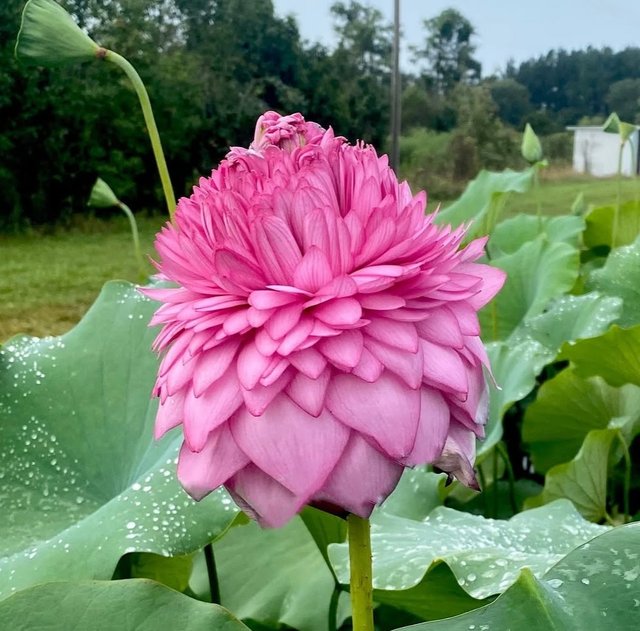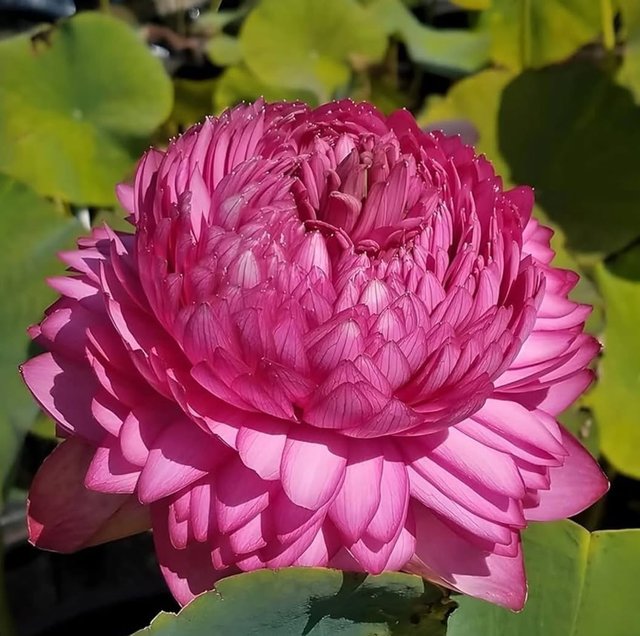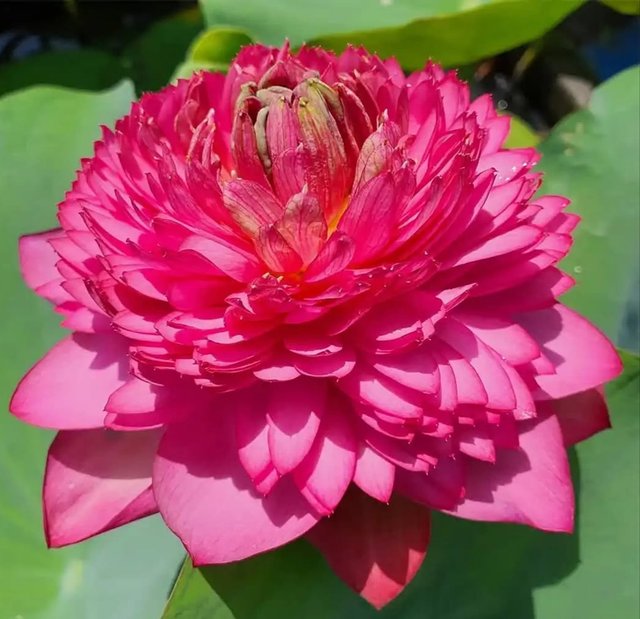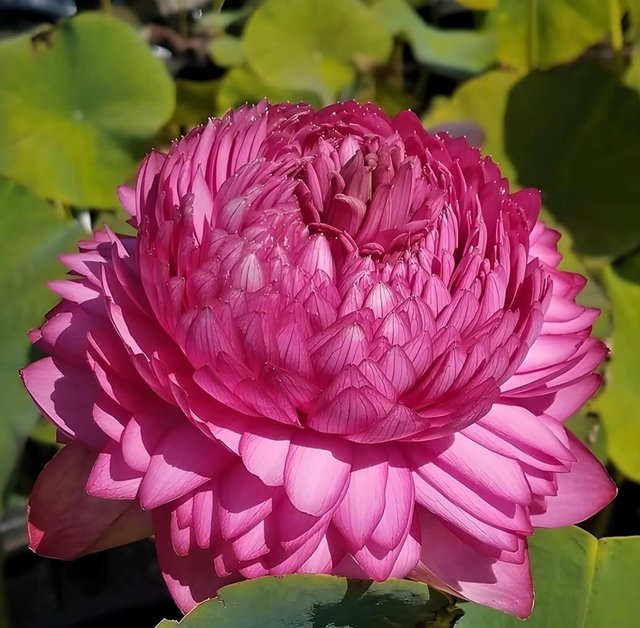Amazing Colour Water Lily Flower
The water lily is one of the most enchanting and iconic aquatic plants in the world. With their broad, floating leaves and delicate blooms that seem to hover gracefully over still waters, water lilies have captivated poets, painters, and gardeners for centuries. Found on every continent except Antarctica, these plants are more than just ornamental beauties—they play an essential role in freshwater ecosystems, offer shelter to wildlife, and have cultural and spiritual significance in many societies.
Botanical Characteristics
Water lilies are perennial aquatic plants that thrive in still or slow-moving freshwater environments such as ponds, lakes, and quiet streams. Their root systems anchor into the muddy substrate, while long, flexible stems reach upward to support circular leaves and flowers on the water’s surface. The leaves—often called lily pads—are waxy and water-repellent, preventing them from becoming waterlogged.
The flowers of water lilies are unmistakable. They can range in color from white and pink to yellow, blue, and even red, depending on the species or hybrid. Some species open their blooms during the day and close them at night, while others—known as night-blooming water lilies—open after sunset and perfume the air with a sweet fragrance.
Species Diversity
There are over 50 recognized species of water lilies, the most familiar belonging to the genus Nymphaea. Another related genus, Victoria, includes the giant Amazonian water lilies, whose leaves can grow more than 3 meters in diameter and can support the weight of a small child. These awe-inspiring plants are often the centerpiece of botanical gardens.
Ecological Importance
Water lilies contribute significantly to the health of aquatic ecosystems:Shade and Temperature Regulation: Their broad leaves shade the water’s surface, helping regulate temperature and reduce algae growth.
Habitat and Shelter: Fish, amphibians, and insects use lily pads as shelter or resting spots. Frogs often perch on the pads to hunt for insects.
Thanks For Reading
Device Information
| Device | cannon eos 700D |
|---|---|
| Lens | 55-250 zoom leans |
| Location | Bangladesh |




